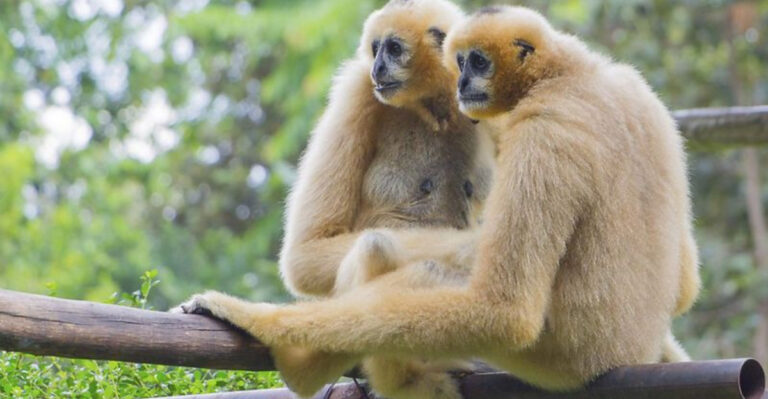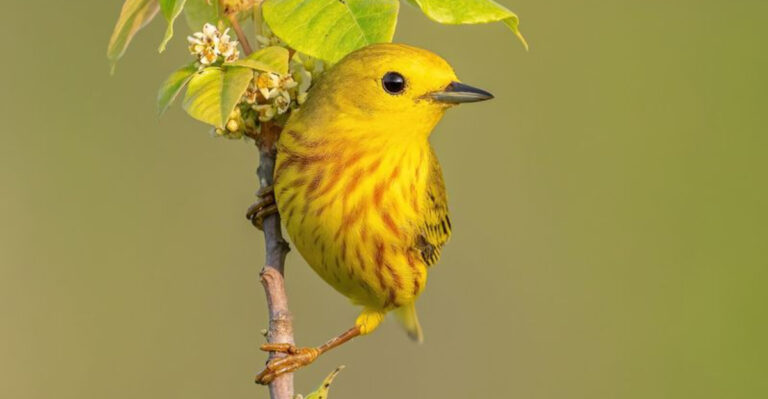11 Most Dangerous Spiders And Their Venomous Potency
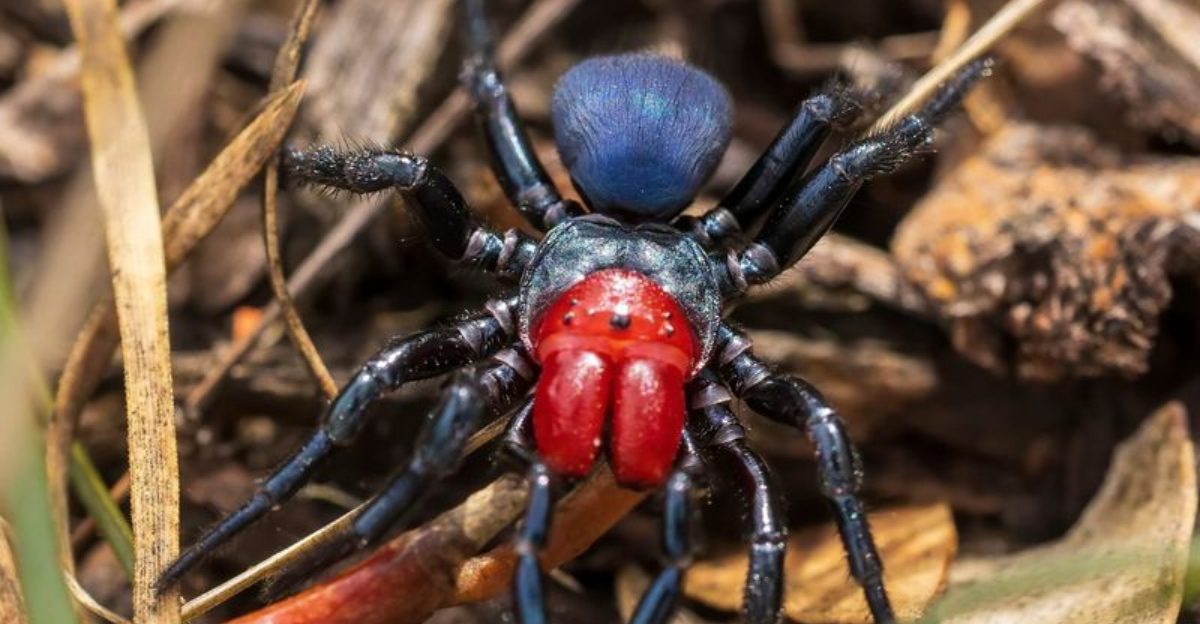
In the captivating world of arachnids, spiders reign supreme with their infamous reputations.
Many fear these eight-legged creatures, not just for their eerie presence, but for the venomous bite that some species possess.
Across different continents, certain spiders have gained notoriety for their potent venom, which can cause anything from mild discomfort to severe medical emergencies.
1. Yellow Sac Spider
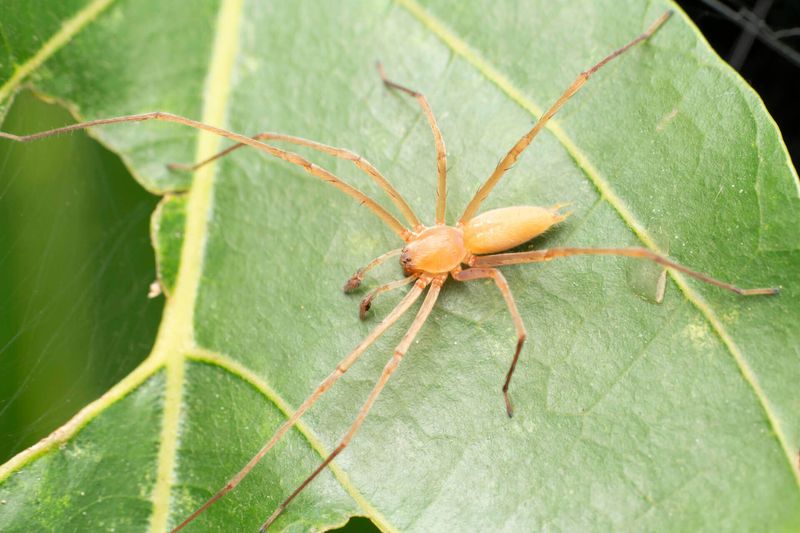
With a penchant for lurking in human habitats, the Yellow Sac Spider is a frequent uninvited guest. Despite its small size, it packs a venomous punch that can cause mild necrosis.
Often found in North America and Europe, this spider’s bite can lead to redness and irritation. The venom contains cytotoxins that may result in a slow-healing wound.
However, medical attention is rarely necessary, as symptoms typically resolve on their own. Precaution is advised when moving boxes or gardening.
2. Tarantula (Poecilotheria)
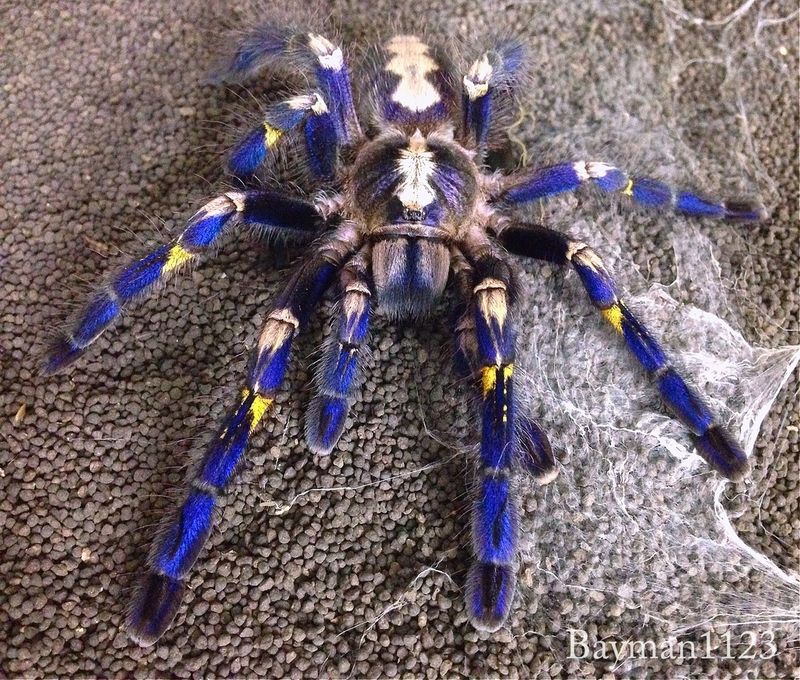
Known for their striking colors and impressive size, the Poecilotheria tarantulas are as dangerous as they are beautiful.
Found primarily in Asia, their venom can cause intense pain and muscle cramps.
However, these effects are rarely life-threatening.
Their arboreal nature means they are often found in trees, making them a sight to behold for adventurous explorers.
Despite their fearsome reputation, they play a crucial ecological role, controlling insect populations. Caution is advised if spotted in the wild.
3. Fringed Ornamental Tarantula
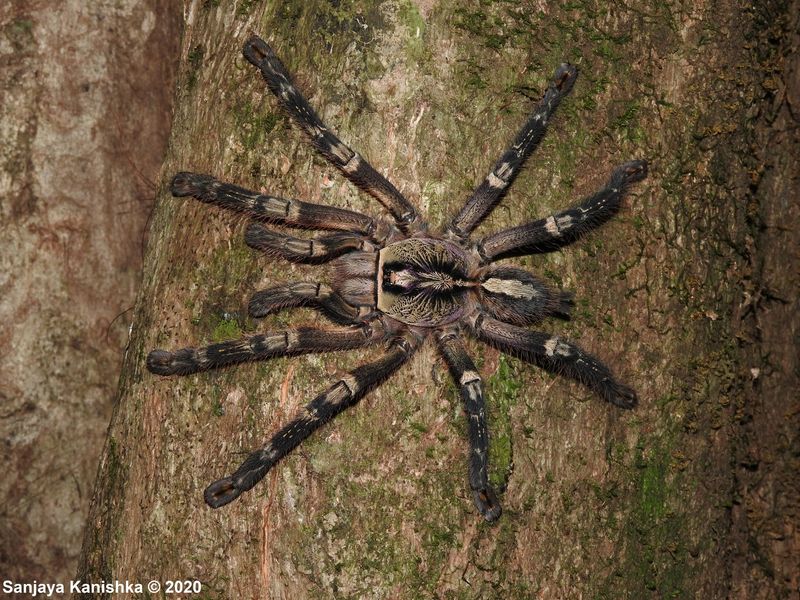
Sri Lanka’s Fringed Ornamental Tarantula is both a beauty and a beast. Its striking patterns make it a favorite among spider enthusiasts, yet its venom has quite the kick.
While not lethal, a bite can cause significant discomfort, including intense swelling and pain. This species prefers the solitude of tree hollows, adding an element of surprise for the unwary traveler.
Handling should only be undertaken by experienced individuals, as their defensive nature can lead to a swift bite.
4. Chilean Recluse Spider
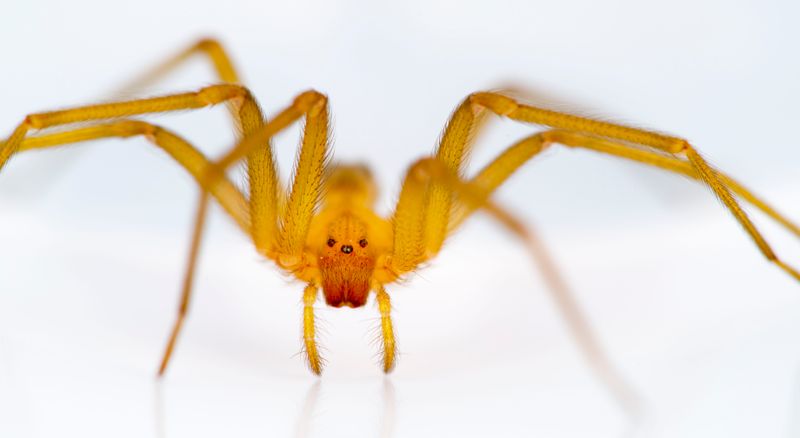
The Chilean Recluse Spider, native to South America, is infamous for its venomous bite. Often hiding in dark, undisturbed areas, its venom can cause severe skin lesions and systemic symptoms.
The toxin can lead to necrosis, requiring medical attention if bitten. Recognizable by the violin-shaped marking on its back, this shy spider prefers to avoid human contact.
However, its presence in homes can lead to accidental encounters. It’s crucial to exercise caution in storage areas.
5. Brazilian Wandering Spider
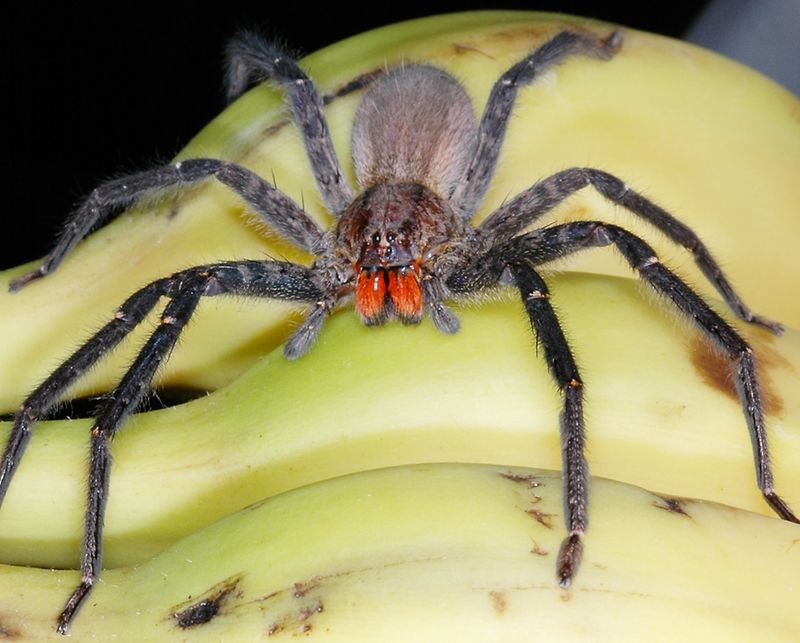
Renowned for its aggressive nature, the Brazilian Wandering Spider boasts one of the most potent venoms in the spider world.
Found in South America’s tropical forests, its bite can result in severe pain and neurological symptoms. Immediate medical attention is crucial if bitten.
Known for wandering the forest floor at night, it’s a nocturnal hunter rather than web-spinner. Its intimidating stance and readiness to bite earn it a fearsome reputation. Avoidance is the best policy when encountered.
6. Redback Spider
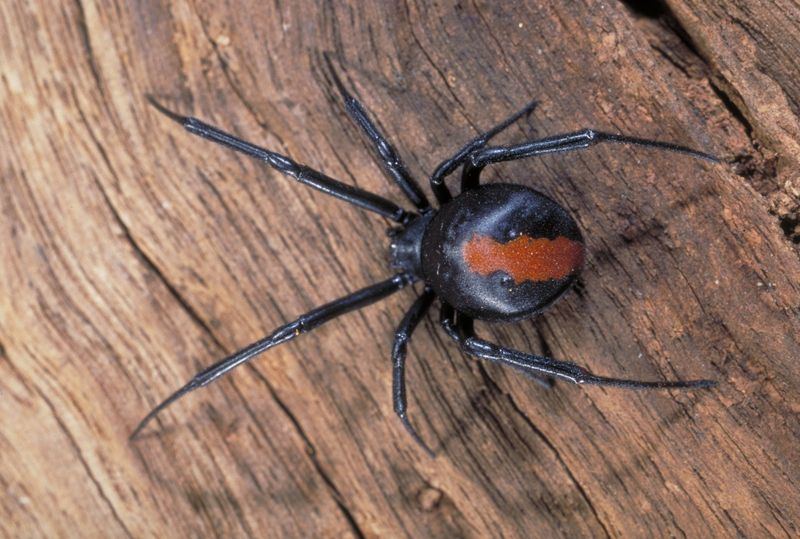
Australia’s Redback Spider is notorious for its potent venom and distinctive appearance. The female, identifiable by a red stripe on her back, poses a greater threat than the male.
Her bite has been known to cause severe pain and other systemic symptoms. Found in urban and rural areas alike, these spiders often inhabit sheds and gardens.
Medical treatment is frequently required for bites. Despite its dangerous reputation, fatalities are rare due to antivenom availability, making encounters more manageable.
7. Brown Recluse Spider
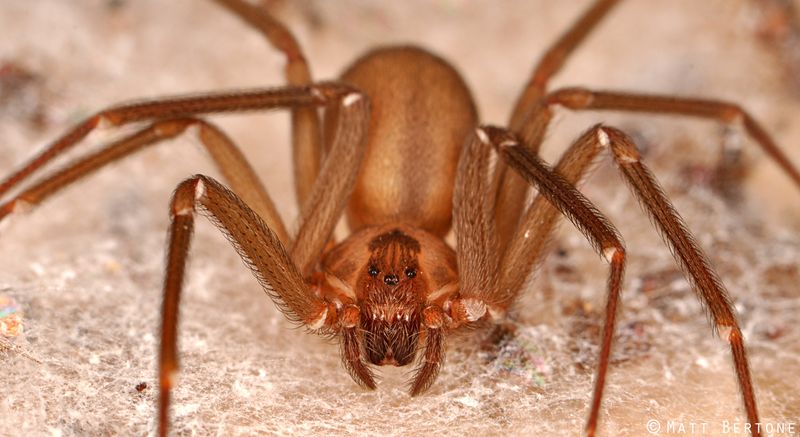
In the U.S., the Brown Recluse Spider is both feared and misunderstood. Its venom contains a powerful enzyme that can cause tissue necrosis.
Bites often occur when the spider is accidentally disturbed in its hiding spots. While most encounters result in minor irritation, some can lead to serious medical complications.
Recognizable by its violin-shaped marking, this spider is reclusive by nature, preferring to stay hidden. It’s advisable to check clothing and bedding in infested areas to avoid bites.
8. Black Widow Spider
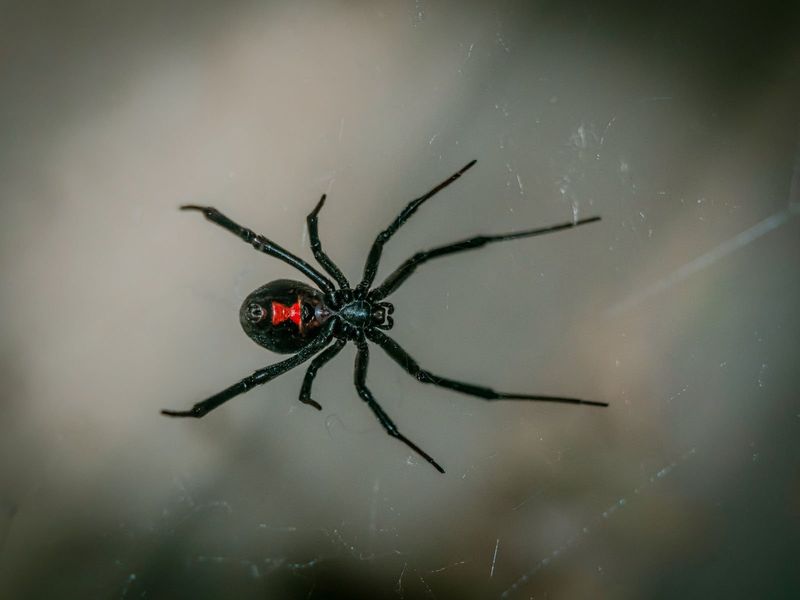
The Black Widow Spider is a notorious arachnid often associated with danger. With its iconic red hourglass marking, it’s a sight few forget.
Found across North America, Europe, and Australia, its venom can cause muscle pain and spasms. While its bite is rarely fatal, it can be extremely painful.
This spider prefers secluded, dark areas where it can spin its web. Despite their fearsome reputation, Black Widow bites are rarely life-threatening due to modern medical treatments.
9. Sydney Funnel-Web Spider
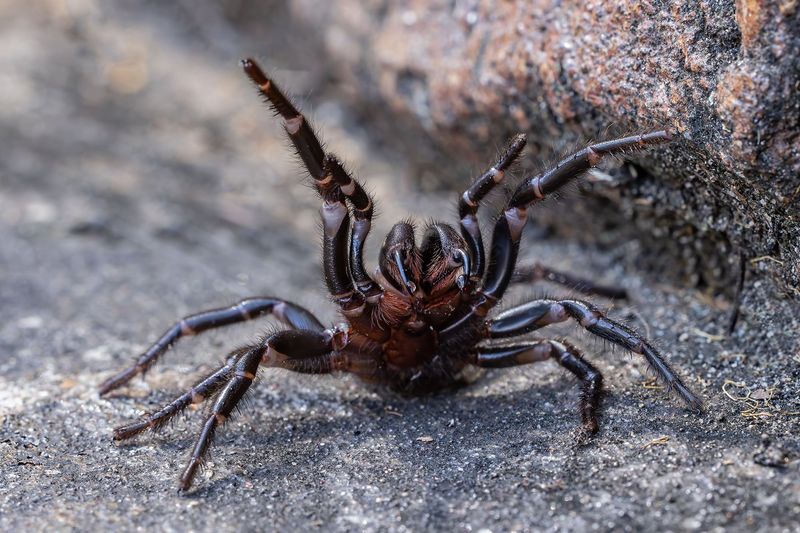
Australia’s Sydney Funnel-Web Spider is one of the most venomous in the world. Its potent venom can cause severe systemic symptoms, making it a medical emergency.
Known for its aggressive behavior, this spider is not one to shy away from confrontation. It typically resides in burrows, often venturing out after rain.
Despite its fearsome reputation, fatalities are now rare due to effective antivenoms. Caution is advised when exploring areas where these spiders are known to inhabit.
10. Mouse Spider
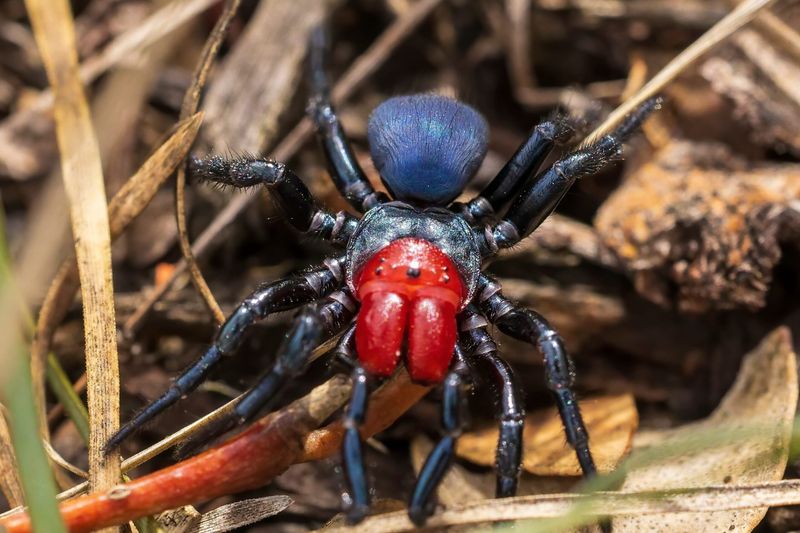
Don’t let the name fool you; the Mouse Spider is no rodent. This Australian native is known for its defensive nature and potent venom.
Though bites are rare, they can cause serious symptoms similar to those of the Sydney Funnel-Web Spider. Its robust body and red jaws make it a distinctive sight.
Typically found in burrows, this spider is a master of surprise, often catching the unwary off guard. If encountered, it’s best to keep a safe distance.
11. Six-Eyed Sand Spider
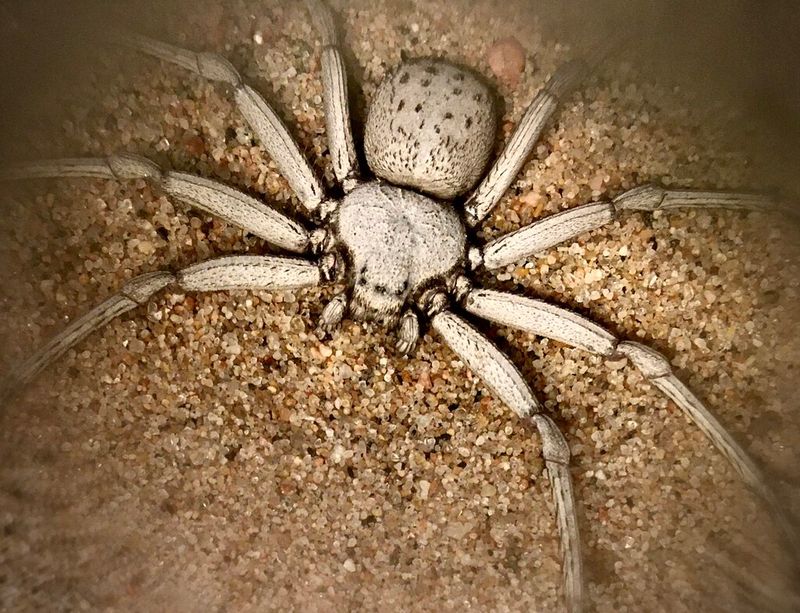
In the deserts of Africa, the Six-Eyed Sand Spider is a master of disguise. Its flattened body and sand-colored appearance make it nearly invisible.
This spider is not aggressive, relying on camouflage to avoid confrontation. However, its venom is highly potent, capable of causing severe harm to humans.
Bites are extremely rare due to its reclusive nature. When it comes to handling, it’s best left to professionals. This spider exemplifies the eerie beauty and danger found in the natural world.


